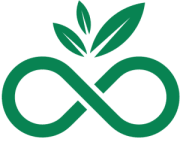Hirudin is a critical asset in medicine, offering substantial benefits by preventing blood clots and enhancing microcirculation. Its role in improving microcirculation ensures tissues receive adequate oxygen and nutrients, while also aiding in the removal of waste products. This dual functionality makes hirudin an essential tool in various treatments, particularly those involving blood flow and clotting disorders.
Examples of Hirudin Applications:
- Deep Vein Thrombosis (DVT) Prevention: By inhibiting clot formation, hirudin helps prevent the development of DVT, a condition where blood clots form in the deep veins, typically in the legs.
- Post-Surgical Care: Hirudin is used to prevent blood clots after surgeries, especially in procedures with high clotting risk, such as orthopedic or cardiovascular surgeries.
- Stroke Management: It is employed in the management of ischemic strokes to dissolve clots and restore normal blood flow to the brain.
- Chronic Venous Insufficiency: Hirudin improves microcirculation in patients with chronic venous insufficiency, reducing symptoms like swelling and pain.
- Cardiovascular Disease: It aids in managing conditions like myocardial infarction by preventing further clot formation and promoting blood flow.
- Diabetic Foot Ulcers: Enhancing microcirculation helps in the healing of diabetic foot ulcers by ensuring adequate blood flow and nutrient delivery to the affected areas.
